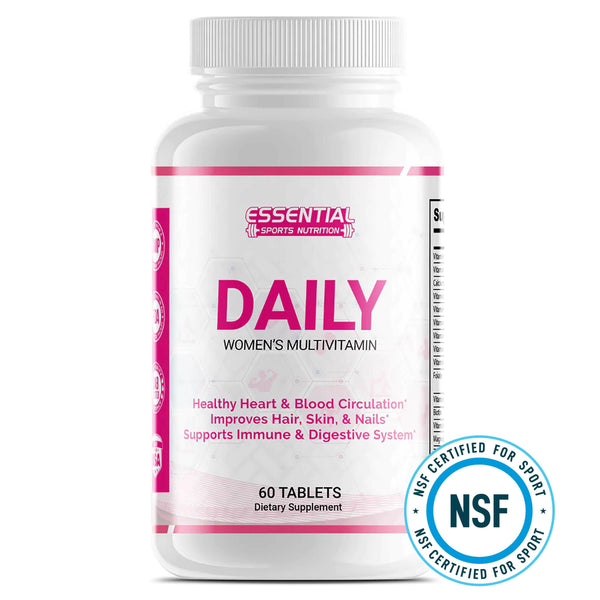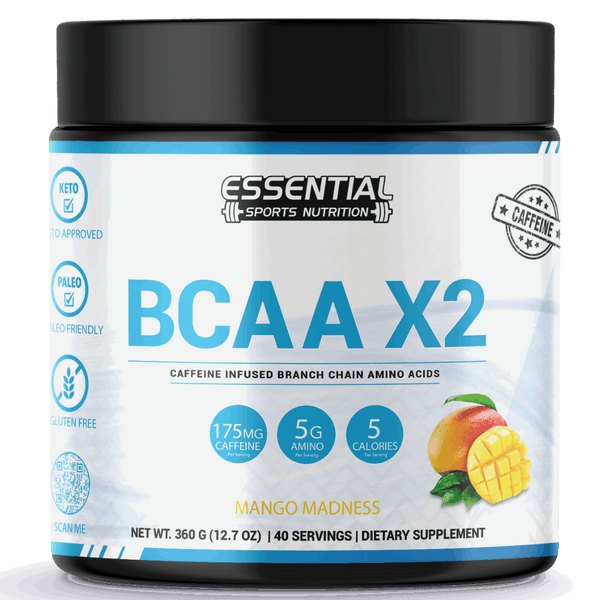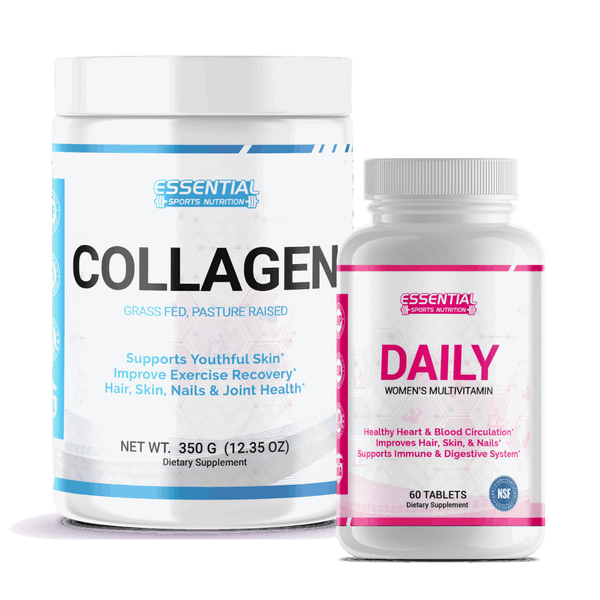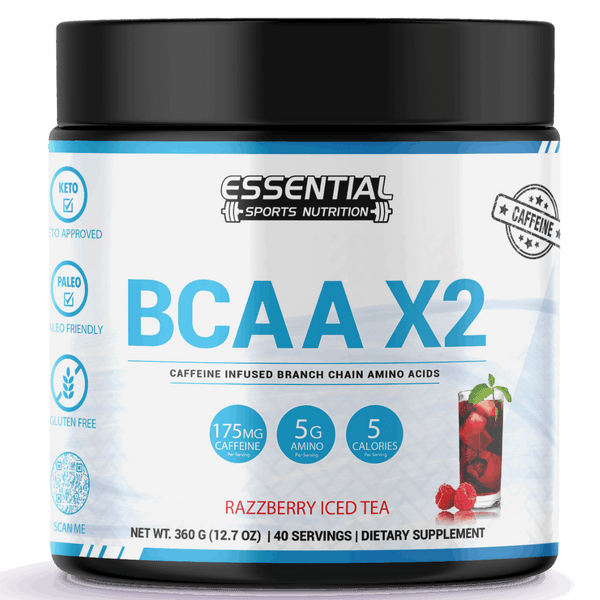The Ultimate Exercise Guide to Leg Extensions and Curls: Muscles Worked & Benefits
Are you trying to build stronger legs but unsure how leg extensions fit into your routine? Many fitness enthusiasts struggle with targeting the right muscles during leg workouts. Understanding the key movements of leg extension muscles can be confusing, especially if you're new to strength training.
One important fact is that the primary muscle group targeted in leg extensions is the quadriceps. This exercise is excellent for isolating these muscles and enhancing overall leg strength.
This article will break down everything you need to know about leg extensions, from their benefits and proper form to common mistakes. You'll gain a clear understanding of how this exercise can improve your workout results. Keep reading to discover effective leg training techniques!

Key Takeaways
- Leg extensions primarily target the quadriceps, which consist of four muscles: rectus femoris, vastus lateralis, vastus medialis, and vastus intermedius.
- Proper form is key in leg extensions to avoid injuries. Align your knee joint with the machine's pivot point and use moderate weight for best results.
- Strong quadriceps enhance knee stability and support rehabilitation after injuries. These muscles are crucial for activities like sprinting and squatting.
- Common mistakes include using too much weight, rushing movements, and improper seat adjustments. Avoid these errors for a safer workout.
- Leg extensions can be included in any fitness routine. This exercise boosts muscle growth in the front thighs while supporting overall leg strength.
Primary Muscles Worked by Performing Leg Extensions

Leg extensions primarily work the quadriceps muscles. These muscles are in the front of your thigh and play a key role in knee extension.
Quadriceps
The quadriceps muscle group is the primary target during leg extensions. These muscles, located in the front of your thigh, consist of four parts: Rectus femoris, Vastus lateralis, Vastus medialis, and Vastus intermedius. Together, they play a crucial role in knee extension. Strong quadriceps are vital for lower body strength, says Dr. Jane Smith, a physical therapist.
Each part of the quadriceps has its specific function. The rectus femoris also aids with hip flexion while vastus lateralis stabilizes the outer knee joint. Strengthening these muscles enhances performance in activities like sprinting and squatting.
Rectus Femoris
The rectus femoris spans both the hip and knee joints. This makes it unique among quad muscles. It plays a key role in leg extensions, flexing the hip while extending the knee. Isolation exercises like leg extensions target this muscle more effectively than compound movements such as front squats.
This dual action of the rectus femoris supports various activities like kicking a ball or performing high knees during cardio workouts. Strengthening this muscle enhances athletic performance and aids in muscle hypertrophy.
Using ankle weights can add resistance, boosting muscle growth further. Ensure proper form to engage the rectus femoris fully and avoid knee injuries.
Vastus Lateralis
The Vastus Lateralis is part of the quadriceps group. It engages during knee extension exercises like leg extensions. Bodybuilders often target this muscle to enhance their thigh size and shape.
Using a leg extension machine efficiently works the Vastus Lateralis. Ensure proper form by adjusting the seat correctly to prevent injury and maximize benefits. This muscle contributes significantly to overall lower-leg strength and stability, making it pivotal in various compound exercises such as barbell back squats and Romanian deadlifts.
Vastus Medialis
Vastus Medialis plays a key role in knee extension. This muscle is part of the quadriceps group and helps stabilize the kneecap. You will find it on the inner part of your thigh.
Using leg extensions targets this muscle effectively. Proper form ensures that you engage the Vastus Medialis fully. Performing multiple sets and reps can enhance its strength, contributing to overall knee stability. Strong quadriceps are vital for a stable knee, says personal trainers.
Avoid using too much weight or rushing through leg extensions to prevent injury. Keeping the seat properly adjusted allows better engagement of this crucial muscle.
Vastus Intermedius
The vastus intermedius lies between the vastus lateralis and vastus medialis. This muscle forms part of the quadriceps group. Leg extensions target this muscle during knee extension exercises. Building strength in the vastus intermedius helps improve overall leg stability.
Effective leg workouts such as Bulgarian split squats, barbell squats, and kettlebells can also help engage this muscle. Focus on proper form to avoid injury while maximizing gains in muscle mass and functional fitness.
Benefits of Leg Extensions
Leg extensions help build muscle mass in your quadriceps. This exercise also supports knee stability and can aid in injury recovery.
Strengthens Quads
Leg extensions focus on isolating and strengthening the quadriceps. This muscle group includes four muscles: the rectus femoris, vastus lateralis, vastus medialis, and vastus intermedius.
Research shows that knee extensions can effectively increase leg strength by targeting these specific areas.
In a seated position with your lower legs braced under a padded bar, you extend your feet outward. This motion engages all parts of the quadriceps femoris muscle. Consistent weight training through leg extensions promotes muscular hypertrophy in the front thighs.
Enhances Knee Stability
Strong quadriceps help improve knee stability. The leg extension exercise strengthens the patella and quadricep knee attachment ligaments. This promotes healthier joints and reduces the risk of injury.
Properly performed, it provides critical support for rehabilitation after knee surgery or injuries.
Focusing on the form while doing leg extensions ensures you target these important areas without strain. Ensure your seat is adjusted so your knees align with the machine's axis of rotation.
Avoid using too much weight to prevent hyperextending your knees, which can lead to further injury instead of improving stability.
Supports Rehabilitation
Leg extensions are crucial in physical therapy. They help strengthen quads without straining joints. This is ideal for knee rehabilitation and recovery programs.
Therapists use leg extensions to help injured patients regain strength. The exercise focuses on the rectus femoris muscle along with the vastus muscles. It boosts muscle mass while protecting damaged areas from further stress.
Proper Form and Technique for Leg Extensions
Sit on the chair with your back against the support. Keep your feet flat and align them properly before starting the exercise.
Initial Positioning
Adjust the leg extension machine so that your knee joint aligns with its pivot point. Set the seat and leg pad according to your body size for proper alignment.
Place your feet under the ankle pads, keeping your toes pointed forward. Choose a moderate weight that allows you to comfortably perform about 10 repetitions.
Movement Execution
Engage your core and sit with a straight back. Place your feet under the padded bar, ensuring they are hip-width apart. Your knees should be at a 90-degree angle to start. Exhale as you extend your legs fully until they are almost straight but not locked.
Move slowly and avoid jerky motions to protect your knees. Inhale while you lower the weight back to the starting position in a controlled manner. Aim for 8-12 repetitions per set, focusing on smooth execution rather than speed or heaviness of weights.
Common Leg Extension Mistakes to Avoid
Using improper techniques in leg extensions can lead to injuries. Make sure you avoid these mistakes to get the best results and stay safe.
Using Too Much Weight
Adding excessive weight can lead to serious injuries during leg extensions. Your muscles and joints suffer undue stress, increasing the risk of strains or tears. This is true for both seasoned athletes and beginners.
Too much weight also leads to poor form. Instead of targeting the quadriceps effectively, you may engage other muscles unintentionally, like your lower back or calves. Using just the right amount helps maintain proper technique, optimizing the benefits while reducing risks.
Rushing the Movement
Rushing the leg extension reduces effectiveness. Moving too quickly relies on momentum instead of muscle engagement. This action makes you miss out on the full benefits of your workout.
Using proper form is crucial for correctly targeting the quadriceps and other muscles.
Slow down to allow each muscle to contract fully during your reps. Avoiding speed also minimizes injury risk, ensuring that you don't strain joints such as the knee or pull hamstrings during exercises like leg presses or goblet squats.
Proper pacing ensures a more effective and safer workout routine in any fitness regime.
Improper Seat Adjustment
Improper seat adjustment can disrupt your form during seated leg extensions. Ensure the machine’s seat position aligns with your body. Misalignment may stress your knees and reduce workout efficiency.
Set the seat so that your knee rotation matches the machine’s axis.
A poorly adjusted seat makes it hard to maintain proper posture. Such misalignment can lead to discomfort or even injury over time. Take a moment before each set to check that everything is in place for safe, effective movement.
Conclusion

Leg extensions primarily target the quadriceps. This guide showed you how these exercises strengthen your quads and improve knee stability. Using proper form avoids common mistakes and maximizes benefits.
Leg extensions can be part of any fitness level's leg day. To continue improving, explore resources on compound exercises like squats or leg presses. Start today to see noticeable gains in muscle mass and strength!
Benefits of the Leg Extension Exercises FAQs
Q. What muscles primarily work in leg extensions?
A. Leg extensions mainly target the quadriceps, including the rectus femoris, vastus lateralis, vastus medialis, and vastus intermedius.
Q. How does resistance training with free weights compare to using machines for leg extensions?
A. Free weights offer a broader range of motion and engage more stabilizing muscles than machines, which provide targeted resistance training.
Q. Can incorporating dynamic stretching improve performance in leg exercises like hack squats and sissy squats?
A. Yes, dynamic stretching can enhance flexibility and reduce injury risk during intense exercises such as hack squats and sissy squats.
Q. Are there benefits to unilateral training over traditional bilateral exercises for muscle mass development?
A. Unilateral training can correct imbalances between limbs and increase overall strength by focusing on one side at a time.
Q. How do bodyweight exercises like pistol squats contribute to muscle growth compared to weighted movements?
A. Bodyweight exercises such as pistol squats build functional strength and balance while also increasing muscle endurance without needing extra equipment.
Q. What role do gluteus maximus muscles play during leg curls or overhead squat routines?
A. The glutes helps stabilize the pelvis and hips during these movements, contributing to better form and increased power output.
Q: What are the main leg extension variations I can include in my workout?
A: Some popular leg extension variations include the seated leg extension, single-leg extensions, and resistance band extensions. These variations allow you to target your quads effectively and add diversity to your leg training routine.
Q: How does the leg extension machine work?
A: The leg extension machine is designed to help you extend your knee while seated. It isolates the quadriceps muscles, allowing you to focus on building strength and muscle development in the front of your thighs.
Q: What are some effective leg extension alternatives?
A: Effective leg extension alternatives include exercises like squats and lunges, which also target the quads and other leg muscles. Resistance band exercises and bodyweight movements can also serve as great alternatives to the traditional leg extension.
Q: What are the benefits of incorporating leg extensions into my workout routine?
A: Leg extensions offer several benefits, including improved leg strength, enhanced muscle definition, and better knee stability. They specifically target your quads, making them a great exercise for leg development.
Q: Do you have any leg extension tips for beginners?
A: Beginners should focus on using lighter weights and maintaining proper form to avoid injury. It's important to extend your knee fully but avoid locking it out at the top of the movement. Gradually increase resistance as you become more comfortable with the exercise.
Q: How do I effectively integrate leg extensions into my workout?
A: To integrate leg extensions into your workout, consider placing them after compound exercises like squats or deadlifts. This approach allows you to target your quads with more isolation after engaging the entire leg with more demanding movements.
Q: Can you explain the differences between leg extension and leg curl exercises?
A: The leg extension is an isolation exercise that targets the quadriceps, while the leg curl focuses on the hamstring muscles at the back of the legs. Both exercises are essential for a well-rounded leg workout, as they work opposing muscle groups.
Q: What are some common leg curl variations I can try?
A: Common leg curl variations include seated leg curls, lying leg curls, and standing leg curls. Each variation targets the hamstrings differently and can help improve leg strength and flexibility.
Q: How many sets and reps should I perform for leg extensions?
A: A good starting point for leg extensions is to perform 3-4 sets of 10-15 reps. Adjust the weight and repetitions based on your fitness level and goals, focusing on maintaining good form throughout each set.




























